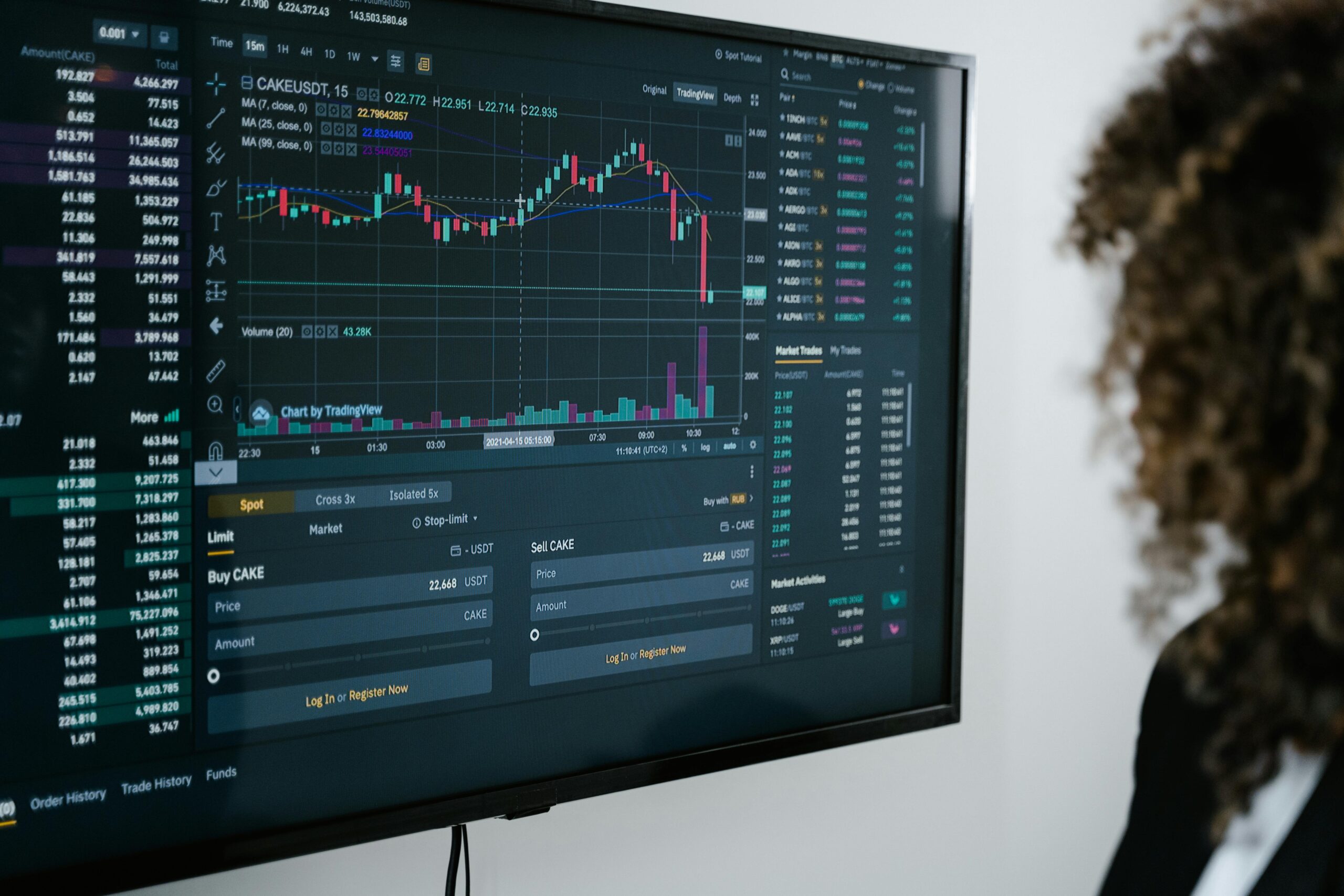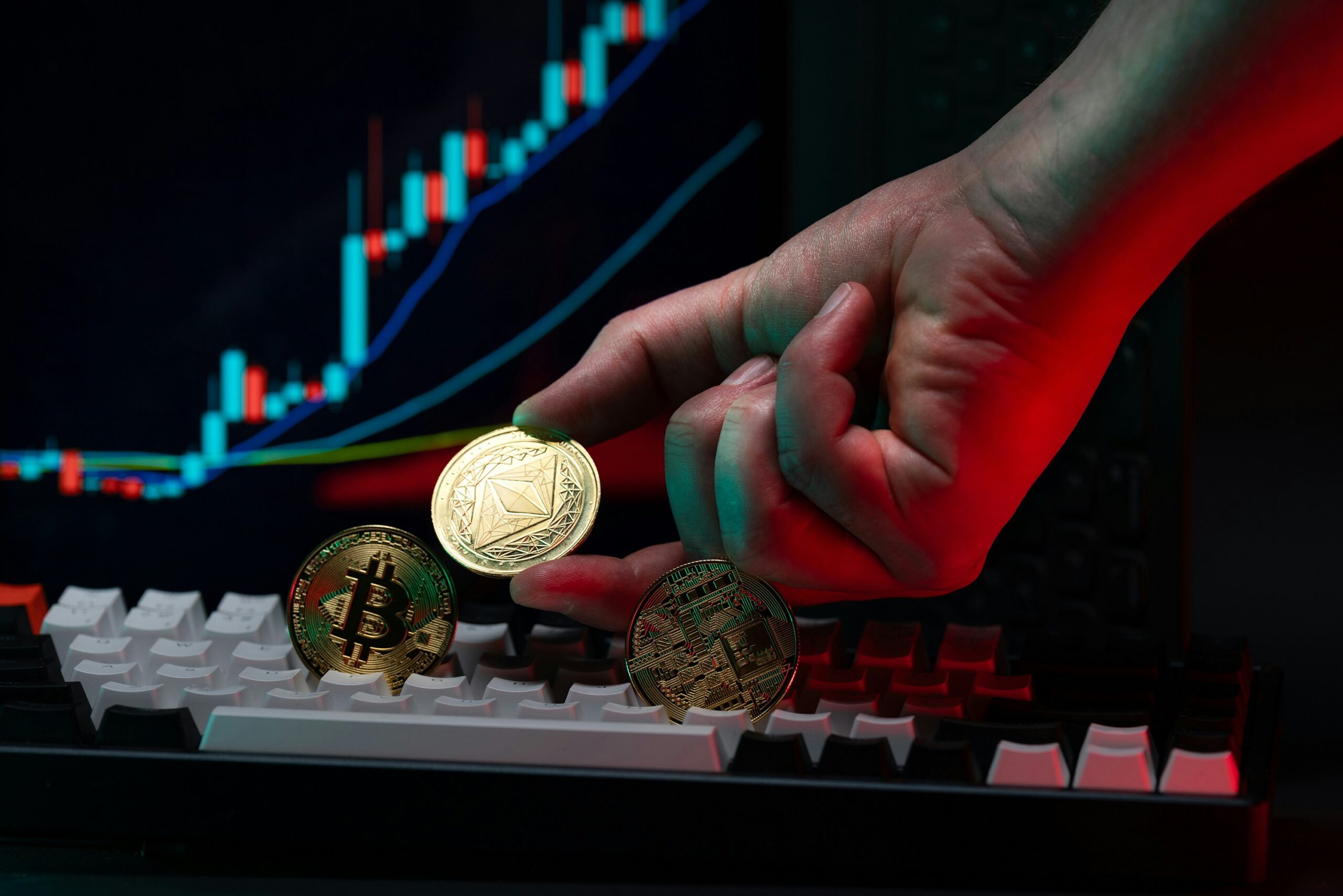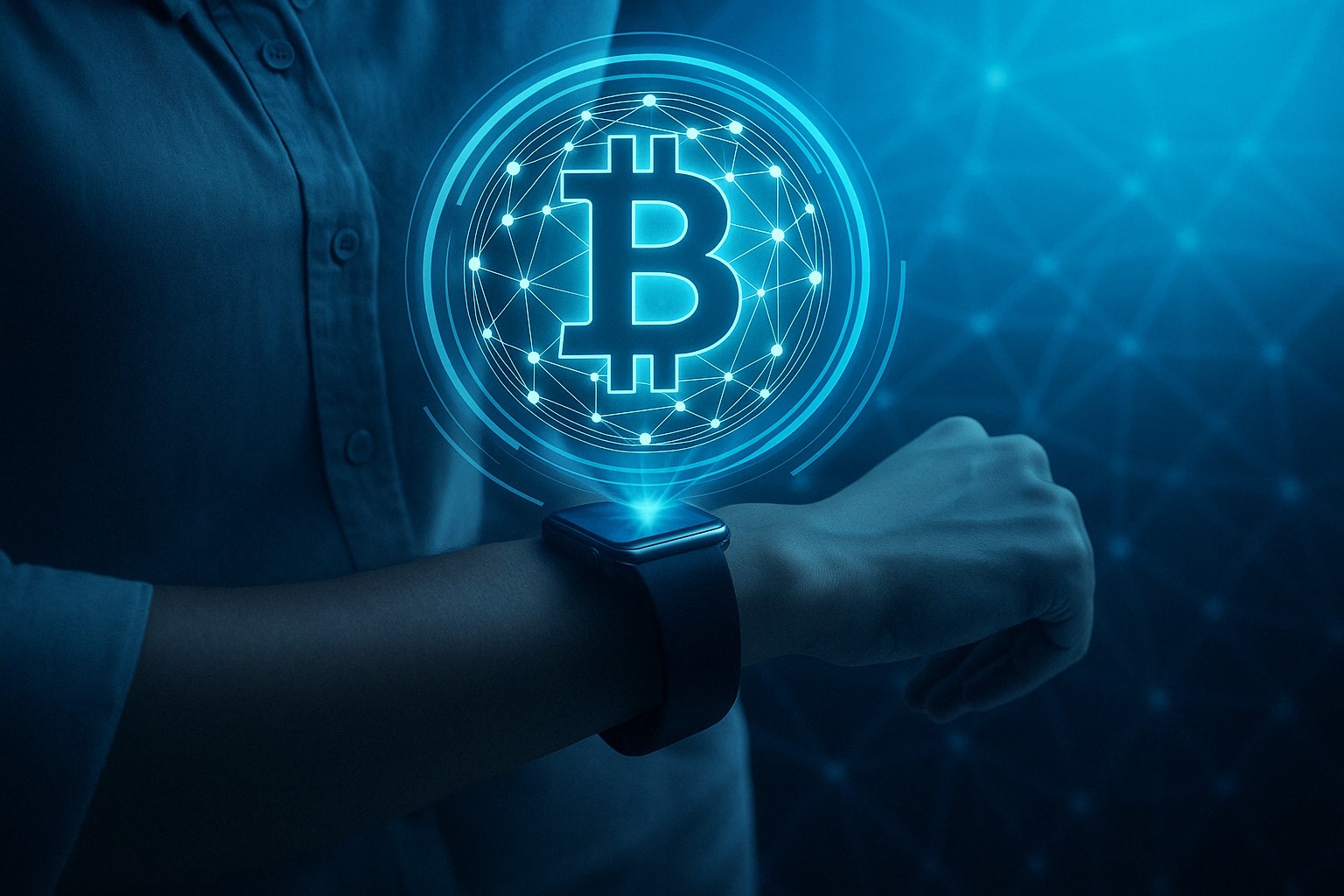In the rapidly evolving world of cryptocurrencies, ensuring the security of your digital assets is paramount. Unlike traditional banking systems, the decentralized nature of crypto means that safeguarding your investments falls squarely on your shoulders. But don’t worry—by adopting some straightforward practices, you can significantly enhance the safety of your holdings.
Understanding the Risks
- Phishing Scams: Deceptive attempts to acquire sensitive information by masquerading as trustworthy entities.
- Exchange Hacks: Breaches where attackers gain unauthorized access to exchange platforms, potentially compromising user funds.
- Lost Access: Misplacing private keys or forgetting passwords, leading to the inability to access your assets.
Practical Steps to Secure Your Cryptocurrency
- Choose the Right Wallet:
- Hardware Wallets: For long-term storage, consider hardware wallets like Ledger or Trezor. These devices store your private keys offline, making them less susceptible to online threats.
- Software Wallets: For frequent transactions, reputable software wallets can be convenient. Ensure they offer robust security features and keep them updated.
- Use Strong, Unique Passwords:
- Create complex passwords for your wallets and associated accounts. Avoid reusing passwords across different platforms.
- Enable Two-Factor Authentication (2FA):
- Add an extra layer of security by requiring a second form of verification when accessing your accounts.
- Be Cautious with Public Wi-Fi:
- Avoid accessing your crypto accounts over public Wi-Fi networks, as they can be less secure and more susceptible to interception.
- Stay Informed and Vigilant:
- Regularly update yourself on the latest security threats and scams in the crypto world. Knowledge is a powerful tool in preventing potential losses.
- Backup Your Keys and Recovery Phrases:
- Store backups of your private keys and recovery phrases in secure, separate locations. This ensures you can regain access to your assets if something goes wrong.
- Verify Before You Trust:
- Always double-check URLs, email senders, and any communication claiming to be from crypto services. Scammers often create convincing replicas to deceive users.
Conclusion
While the decentralized nature of cryptocurrencies offers unparalleled freedom and control over your assets, it also places the responsibility of security squarely on you. By implementing these practical steps, you can navigate the crypto landscape with greater confidence and peace of mind. Remember, in the world of digital assets, proactive security measures are not just recommended—they’re essential.



